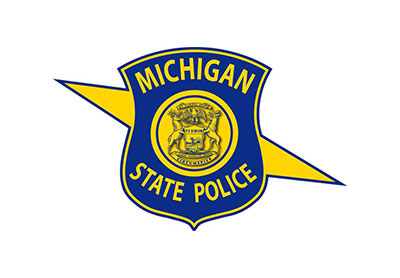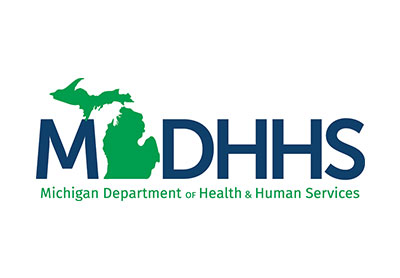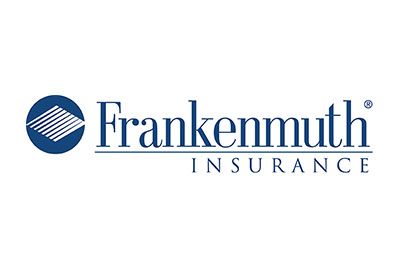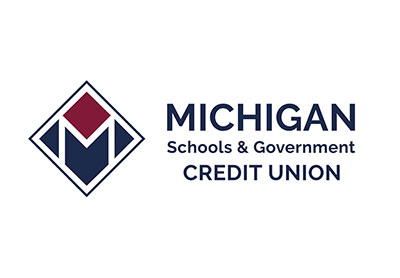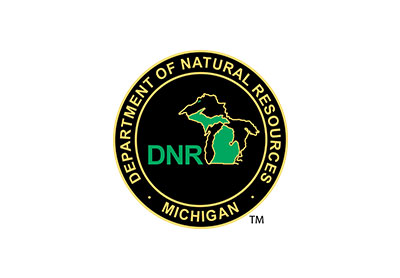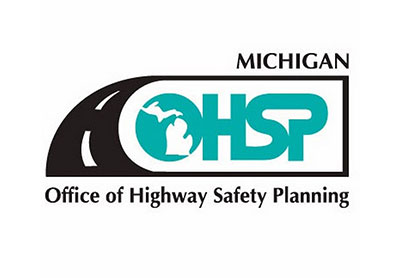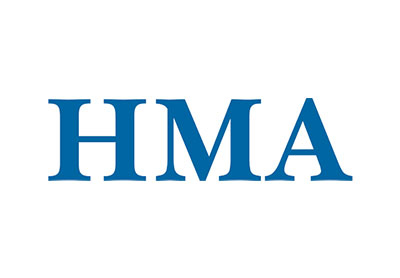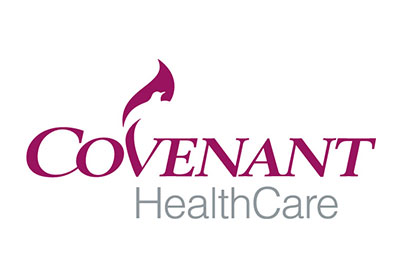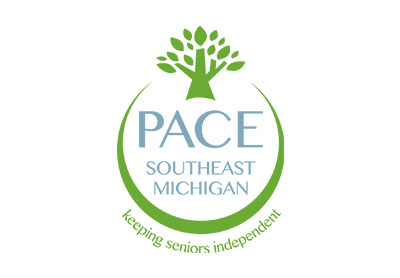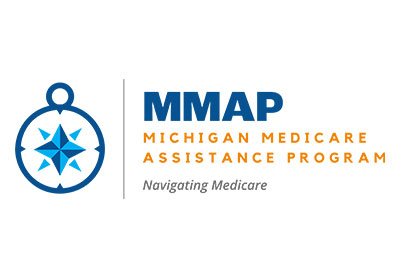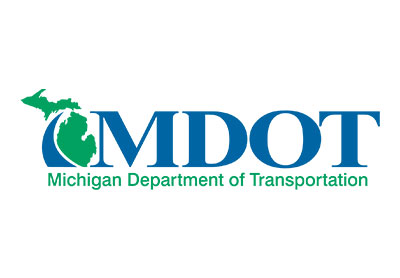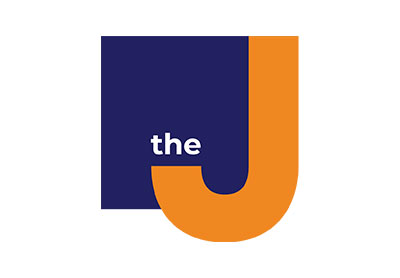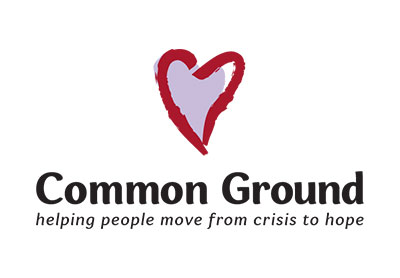In most of our work for government agencies, our goal is to promote people’s health and safety. And sometimes that means convincing them to adopt new behaviors — or abandon old ones.
Motivating behavior change requires research into the psychology of people’s habits. Why are young men who drive trucks less likely to buckle their seat belts? Which demographic groups are less likely to vaccinate their children, and what are their reasons? Focus groups and other qualitative research help us get the answers and craft a persuasive message that’s respectful of our audience’s views.
And whether we’re convincing problem gamblers to reach out for help or teen drivers to keep their eyes on the road, we always take a creative approach. Because before we can help people change, we have to get them to listen.
Driving behavior change for the Office of Highway Safety Planning.
Since 2016, we’ve partnered with the Michigan Office of Highway Safety Planning (OHSP) to keep Michigan’s roads safer for drivers, passengers, and pedestrians. Some of the behaviors we’ve been tasked with changing include:
- Failure to use seat belts
- Speeding
- Unsafe street crossing (pedestrians)
- Driving while distracted
- Driving too fast on winter roads and in construction zones
- Driving under the influence of alcohol or drugs
In one of our more unusual campaigns against drunk driving, we used 360º video to tell the story of one night in a bar, and asked viewers to solve a mystery: which of the patrons would drive under the influence that night, causing a fatal accident? In just one year, the campaign generated more than 33 million impressions and 81,000 video views.
Changing the state of Michigan’s health with vaccines.
The COVID pandemic was a health challenge for the entire country. For Brogan and the Michigan Department of Health and Human Services (MDHHS), it was a communications challenge as well. In addition to combating widespread misinformation about the virus, we needed to encourage a host of new behaviors: wearing masks, social distancing, and eventually, getting a brand-new vaccine.
In Brogan’s “My Why” campaign, we used the stories of real Michiganders to create empathy, authenticity and emotion around the decision to vaccinate. These true stories gave viewers a “why” that went beyond the scientific data, and got them to roll up their sleeves for the vaccine.
Porter:
Dennis:
Celeste:
See more work from the COVID campaign.
In addition to our COVID work, Brogan has developed many other campaigns to encourage vaccination. Our work for IVaccinate.org has given concerned parents the answers they need about childhood vaccines, and our “Layers” campaign prompted Michiganders to get their flu vaccine and COVID booster in one trip.
Encouraging problem gamblers to reach out for a sure thing.
Sometimes the hardest steps in behavior change are the first ones: realizing you have a problem, and reaching out for help. In our work with MDHHS, we’ve created many messages to inspire these milestones in problem gamblers.
For instance, in the TV spot “Questions,” we featured a gambler’s first skeptical call to the Problem Gambling Helpline (a free, confidential service offered by MDHHS since 1997), which brings him to the realization that he does need help. A companion radio spot supported the message.
And in “Currency,” we emphasized the financial perils of problem gambling.
This latter campaign was also supported by social media, radio, and digital ads.
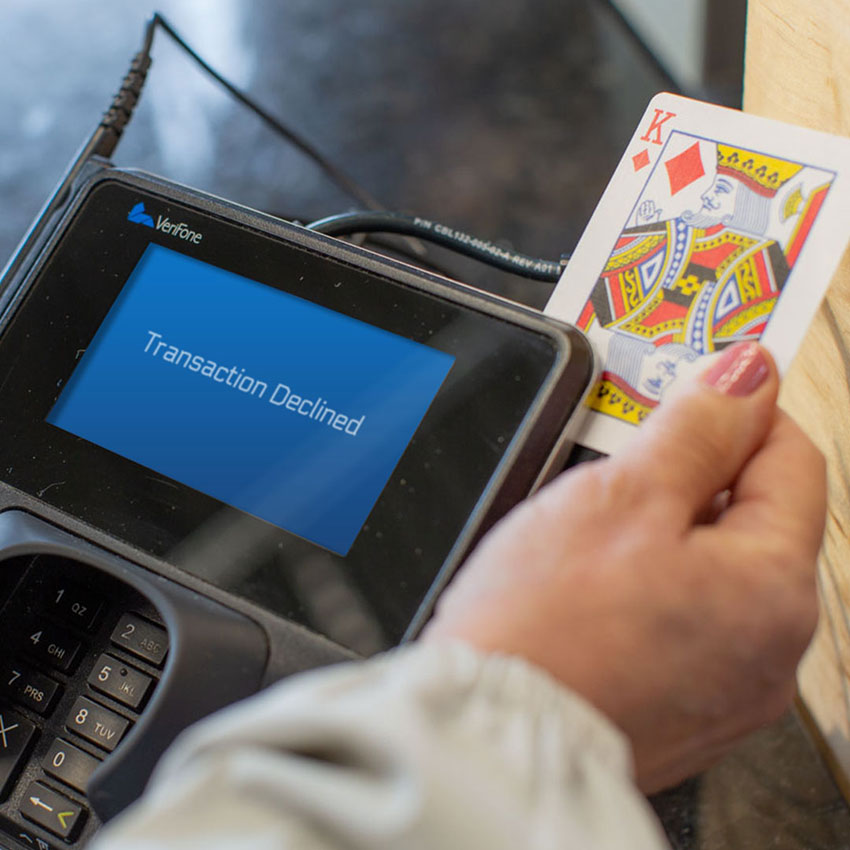

We’ve also created ads to combat the new gambling problems arising from sports betting, which was legalized in 2021.
Inspiring true change with true stories.
Using true life stories is an effective way to reach out to any audience, but especially to marginalized or stigmatized groups. When they see someone in a print ad or TV spot who has lived through their experience, it helps them feel seen and inspires trust in our message.
Stories of Recovery from Opioid Use: With opioid overdose deaths at an all-time high, MDHHS asked Brogan to create messaging that would encourage those with an opioid use disorder to seek help. Brogan created “Stories of Recovery,” telling the true stories of people whose lives had been devastated by opioid use, and their inspiring roads to recovery. One longer video featured several people, with shorter videos chronicling individual journeys.
Mi PrEP Mi Choice Campaign: PrEP (short for pre-exposure prophylaxis) is a medication that can reduce the risk of getting HIV by up to 99%. To create awareness and motivate PrEP use, we profiled members of Michigan’s LGBTQ+ community and featured their images and stories in a multimedia campaign. We also created longer profiles for the MDHHS PrEP web page, giving people the opportunity to read their full stories.
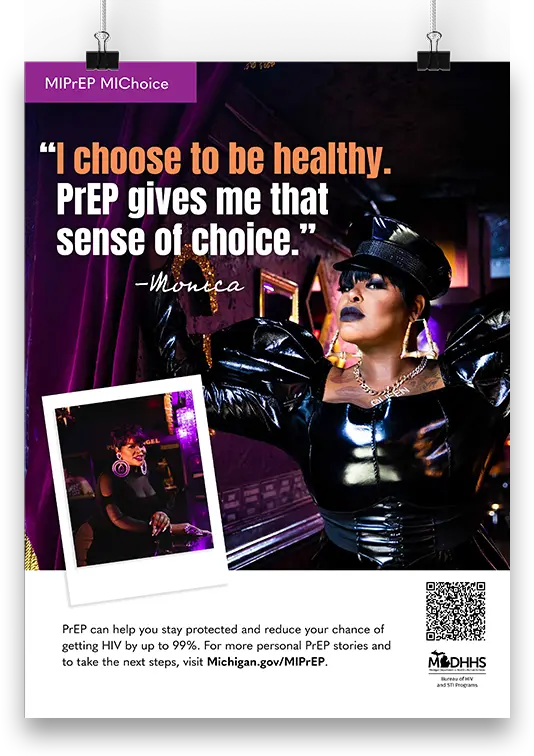
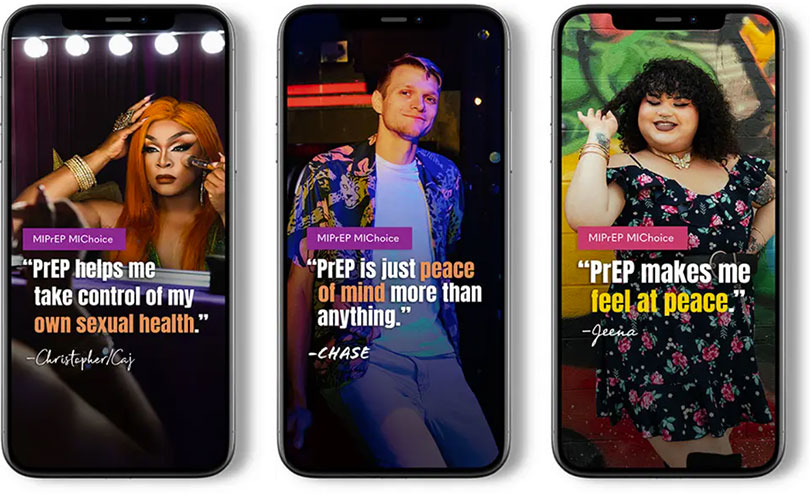
Motivating more Michiganders to be quitters.
Since the 1980s, we’ve been helping Michiganders put out their cigarettes, chuck their chewing tobacco, and more recently, toss their vape pens. We’ve also crafted campaigns warning against the dangers of secondhand smoke, especially for children.
One of our campaigns against secondhand smoke included the award-winning TV spot, “I Smoke While I’m Coloring,” in which small children casually noted when they would smoke — while napping, coloring, or riding to school. The spot was picked up by several other states and cities to use for their own campaigns. A companion radio spot was also part of the campaign.
Our anti-smoking campaigns played a key role in decreasing the smoking rate in Michigan from second highest in the nation to eighteenth over 12 years.
With research into the psychology of change, savvy media placement and innovative creative tactics, Brogan and our client partners have helped countless Michiganders drop bad behaviors and pick up healthy ones, year after year. And making that kind of positive change is our agency’s mission.
To see more of our government work, visit the original post in this series: Helping government agencies make a positive difference in people’s lives.

